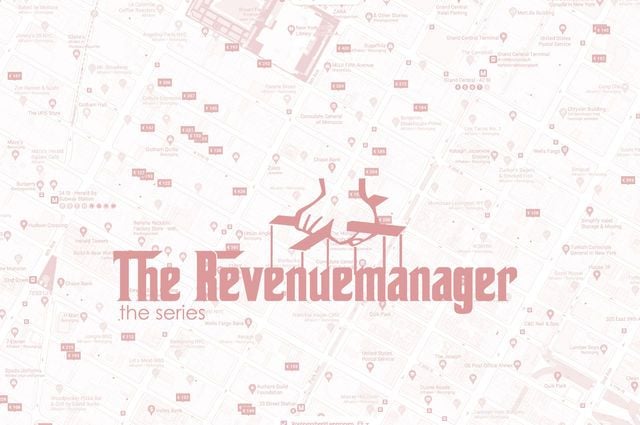Benchmarking: Moving beyond traditional comp sets and year over year comparison
15 experts shared their view
For years, revenue managers used historical data as a "compass" to navigate rates and inventory. Due to the pandemic, however, historical data lost much of their relevance, as 2020 and 2021 were statistical anomalies, to say the least. In this scenario, other information became more important, such as on-the-books reservations, pick-up, pace, and, of course, comp set. Some hotels have closed and consumer behavior has shifted.
The challenge,
however, is how to clearly identify the proper comp set
: is there only one or multiple competitors?
How should a hotel judge it's performance, when most of the traditional KPIs have become meaningless?
Many, if not most, hotels have more than one comp set. Depending upon product, a hotel might find itself competing against a different mix for corporate vs. group vs. transient leisure. One thing that has not changed post-COVID is the necessity for hotels to really be honest with themselves when it comes to their product and against whom they are benchmarking. An 80% index vs. 100% on occupancy is not necessarily "underperforming" if you are a CBD-located independent in a sea of brands looking at midweek performance, and a 120% vs. 100% on ADR isn't "outperforming" if you are not comping vs. truly similar product.
I would argue that traditional KPIs haven't become meaningless, but that benchmarking the percent-change metric is increasingly relevant. What *has* changed is the need for revenue leaders to really drill down on the underlying drivers behind this data and evaluate from a more holistic perspective. Pre-COVID, many could get away with "Occupancy is too high and ADR is too low. Raise the rate." type of analysis. Forward-looking data will only continue to grow in importance, as well, and can provide more actionable insights for revenue managers watching their business change in real time.



